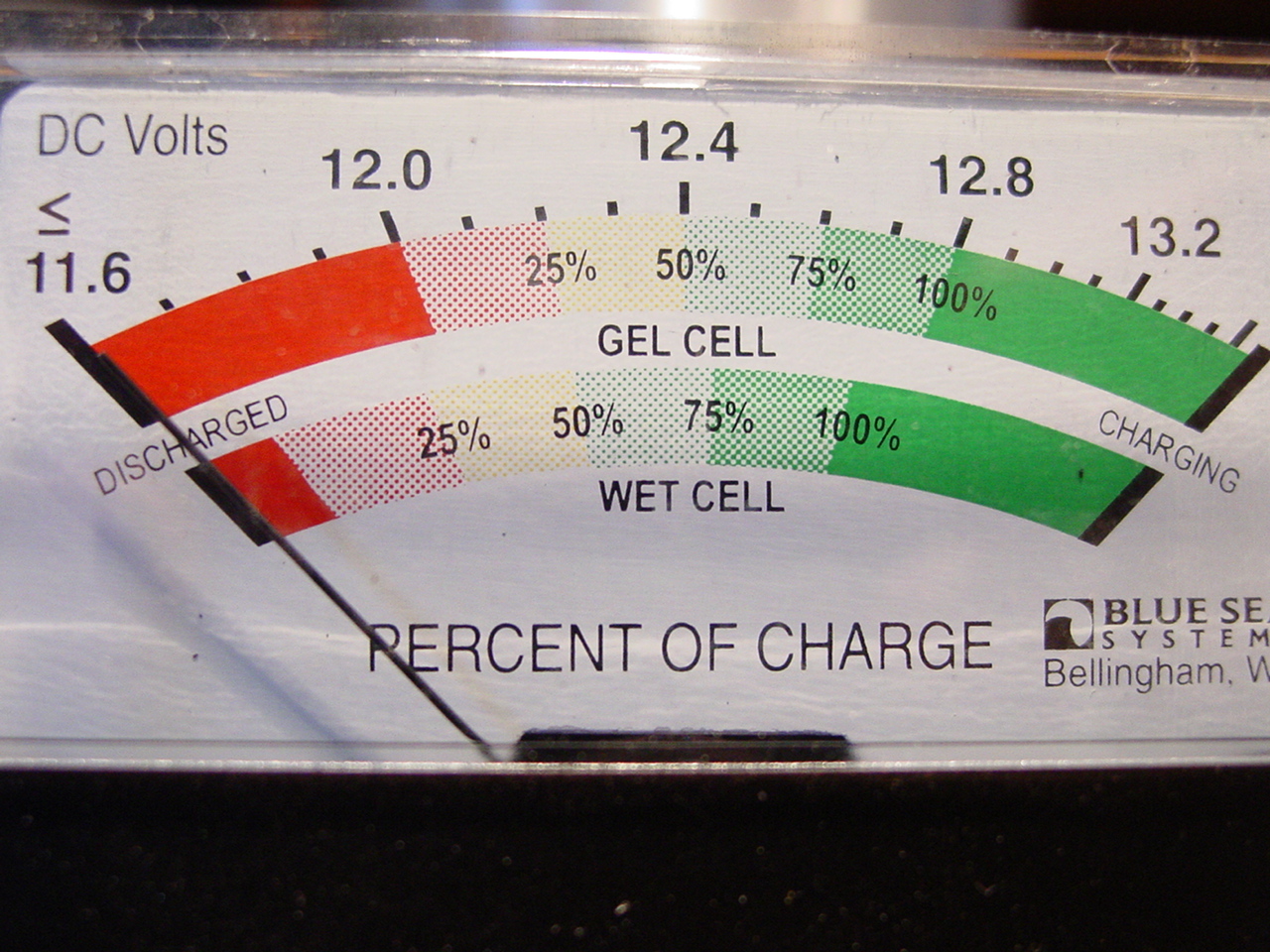sunchaser
Guru
- Joined
- Apr 9, 2008
- Messages
- 10,197
- Location
- usa
- Vessel Name
- sunchaser V
- Vessel Make
- DeFever 48 (sold)
Does a boat with a genset and a good AC battery charger like the OP really need a large alternator? If Seevee arrives at his achorage with fully charged batteries (I'm assuming), doesn't that mean that his alternator is sufficient?
+1
This is precisely how our vessel operates. Two 90 amp alternators neither with a Balmar nor Leece Neville tag. Works fine for us and the 8 US made Trojan 105s.
Seevee is close to a good setup, just have a compatible BMK installed to manage the energy use. Magnum makes wonderful BMKs.

